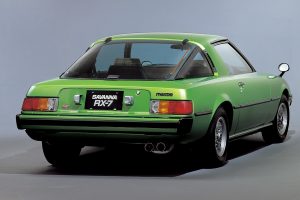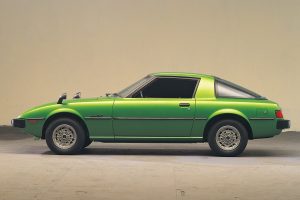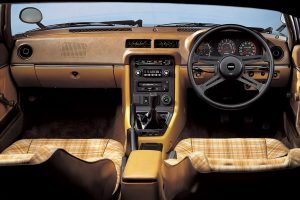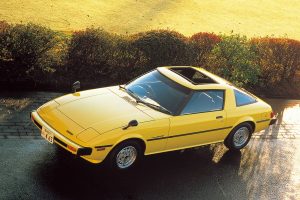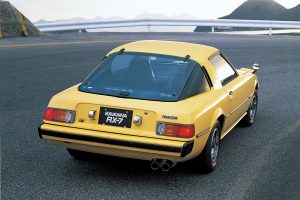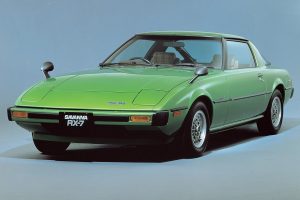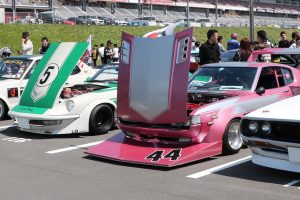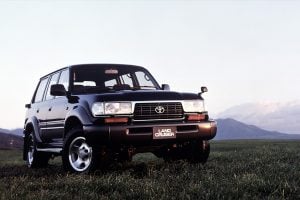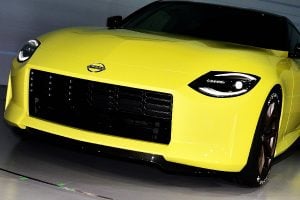In March 1978, Mazda introduced the first-generation RX-7, the SA22C. The model became the first mass-produced rotary sports, but what other things do we know about?
A successor to the gas-guzzler RX-3
43 years ago, 1978. That was the year Jimmy Carter started his second year as the 39th President of the United States. CBS started airing the drama series of “The Incredible Hulk”, and the very first “Superman” film was launched in theaters.
Meanwhile in Japan, “Southpaw” by a Japanese female duo “Pink Lady” became the top-selling vinyl with selling 1.8 million, leading to the winning of the 1978 Japan Music Awards.

And specifically for the automotive industry, Mazda launched the very first model for its legendary sports car, the RX-7 (or the Savanna RX-7 in Japan). The car was known as the “SA22C” model, or the “FB3S” model from Series 2 in the North American market.
The RX-3, predecessor for the RX-7, was a model that stopped the first-gen. Skyline GT-R from winning races at that time. But it was also famous for its gas-guzzling engine, and was one of the cars that were shunned during the oil crisis in the 1970s.
With having those bad reputations, Mazda decided to develop a new sports car that would take advantage of the rotary engine’s compact size, lightweight, and high output. That led to the introduction of the Mazda RX-7.
At the time, due to the impact of the U.S. Clean Air Act of 1963, also known as the Muskie Act, rivals such as the Toyota Celica GT and the Mitsubishi Galant GTO had to increase their displacement to compensate for the reduction in power caused by the stringent emission regulations.
However, Mazda, which had a unique internal combustion engine called the rotary engine, was considering a strategy to target the overseas sports car market so that its technology would be highly evaluated.
Overseas sales began in 1979, but the Japanese version, launched in 1978, already had its e-brake located on the left side, which implies the car was made for the overseas market from the beginning.
Great performance and retractable lights
The RX-7 had a unique design, having retractable lights placed at the tip of the low hood, taking advantage of the compactness of the rotary engine.
The rear of the car was designed with curved glass, making it a unique sports car that anyone could see. “RX-7 of the envy” was the catchphrase at that time.
Its weight distribution was close to 50:50. Unlike the Porsche 924, which had its engine in the front and its transmission in the rear to balance the weight distribution, the RX-7’s layout was made possible by its rotary engine, which could gather the weight in the center. Mazda claimed this perfect layout as “Designed by Rotary” on brochures.
Mazda installed the 12A rotary engine, which had two 573 cc rotor chambers, on a body that weighed under 1 ton (2,000 lbs.). The car became popular as the fastest car in Japan because it could be made even faster on circuits with just a few modifications.

